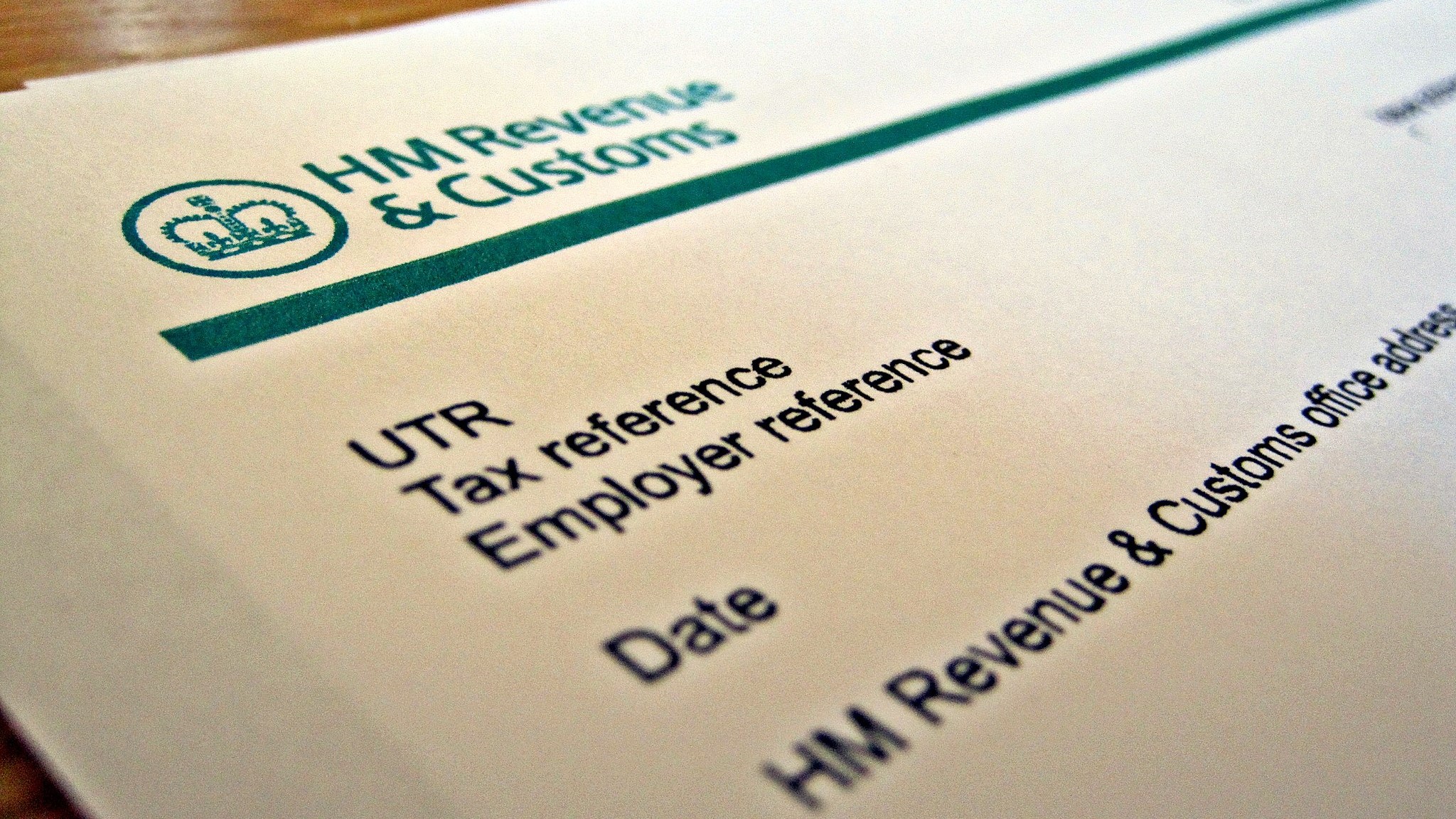The construction industry has some specific accounting and taxation requirements, as well as business practices which need to be reflected in the software used to run the business. This guide focuses on considerations which are specific to the construction industry.
We suggest you read this in conjunction with either our selecting business software guide (for medium and large organisations) or our selecting business software for small business success. These provide tips and tricks relevant to selecting all types of business software. You may also find our 10 things to consider when purchasing accounting software useful.
Consider how important each of the following things are to your business based on transaction volumes and the way you operate. Which of these are currently most time-consuming and would benefit significantly from automation using software?
- Looking for a smartphone for your worksite? Check out the best rugged smartphones
1. Monthly Construction Industry Scheme (CIS) returns
As a construction business you will need to submit a monthly CIS300 Return to HMRC covering payments to subcontractors. If you have a very small number of subcontractors, then this can be keyed into the HMRC Portal. For larger numbers of subcontractors, it is important to have software which can automate this submission.
Some construction accounting software can create and submit these returns directly from the accounting records – this is generally the best approach where possible. Where this is not available, it may be possible to export data to separate CIS software which can create and submit the return. Both methods are more efficient and have lower risk of errors than keying the return into the HMRC Portal.
2. CIS verification of subcontractors
Before paying any new subcontractor for the first time, they need to be verified with HMRC. This can be done manually via the HMRC Portal – but if you deal with larger numbers of subcontractors, automation can improve efficiency.
Some construction accounting software can verify subcontractors electronically with HMRC once the subcontractor has been added to the system. Separate CIS software is also available which can do this verification.
Generally, it is best if the same software is used for verification as for the monthly CIS300 Return as the subcontractor verification details are needed for inclusion on the returns.
3. CIS validation of payments and deductions
CIS validation of payments and deductions When paying subcontractors, you need to check that the subcontractor has been verified and whether they have been paid by you within the current or last two tax years. Applying such checks manually can be time-consuming and error-prone.
By recording verification details within software which can apply these checks automatically on every payment, you can save time and reduce the risk of mistakes. You also need to calculate tax deductions at two different rates on subcontractors who are not entitled to gross payment. Software which automates these calculations based on the verification status of the subcontractor eliminates another onerous task while further reducing the risk of errors.

4. Is the software listed for CIS on the HMRC website?
4 Is the software listed for CIS on the HMRC website? HMRC provide a list of software suppliers who they recognise as capable of submitting CIS300 Returns and Verification Requests.
Check that the software you are intending to use is included in this list. Note that some of the software listed is integrated construction accounting software and some is separate CIS Software and the list does not distinguish these. HMRC only check that the software can submit a valid return or request, not any of the other features of the software.
- We've put together a list of the best UK tax software
5. Construction reverse charge VAT
From 1 October 2019 the basis of accounting for VAT on most construction work (except when provided to end users) will be “Reverse Charge”. This means that there will be no VAT added to sales within the scope of the reverse charge.
For subcontractor payments the payer will need to account for both input VAT and output VAT – including both on the VAT Return. Different software will handle this requirement in different ways – some may be more automated than others. Depending on transaction volumes and the mix of transaction types, you need to ensure that your software will be able to operate efficiently while minimising the risk of human error in applying the reverse charge.
6. Self-billing / Authenticated receipt VAT
Within the construction industry, subcontractors often submit applications for payment rather than VAT Invoices. The official VAT document is then either an Authenticated Receipt or a Self-Billing Invoice produced by the payer rather than by the subcontractor.
If you operate Authenticated Receipts and/or Self-Billing for some or all of your subcontractors, then you need to ensure that your software can handle these correctly. Some construction software can automate the production of these documents from payments to subcontractors and log authenticated receipts received back from subcontractors.
- Here's our list of the best budgeting software
7. Payment of subcontractors: Payroll / Purchase ledger / Subcontract ledger
Some construction software processes subcontractor payments through payroll, some through purchase ledger and some through a dedicated subcontract ledger. Some software offers a combination of these approaches. You need to consider whether one or more of these processes is better suited to the way you work with some or all of your subcontractors. Consider different types of subcontractor such as labour only, supply-and-fix, operated plant, etc.
- Make sure your subcontractors are paid with the best payroll software
8. Retentions and other contractual deductions (customers and subcontractors)
Subcontractor payments are often more complex than purchase invoices as they may require a number of additions and deductions between the basic gross amount and the net payment. As well as VAT and CIS tax, the deduction and later release of retention needs to be accounted for. Other contractual deductions may include insurance, training contributions, etc. This may also apply to your sales invoices or applications for payment which you send to your customers.
Consider all your requirements for such items and check that the software can handle these efficiently.

9. Project bank accounts
If working on government-funded construction projects, you may need to operate project bank accounts. Consider how you would handle these using the software.
10. Cost value reconciliation
The process of producing periodic valuations and reporting on the Cost Value Reconciliation (CVR) which is common within construction is not found within other industries. Construction software may have a standard integrated way of processing valuations and producing CVR reports which can save considerable time and effort.
- These are the best rugged tablets on the market
This guide is from the UK trade body, BASDA (The Business Application Software Developers Association) which has given TechRadar Pro permission to republish it. BASDA operates through representation and collaboration to ensure that the voice of the UK business software industry is heard by some of the highest levels within UK government, policy-makers and industry media. You can learn more about BASDA here.
from TechRadar - All the latest technology news https://ift.tt/3jubOZh
via IFTTT
0 التعليقات: